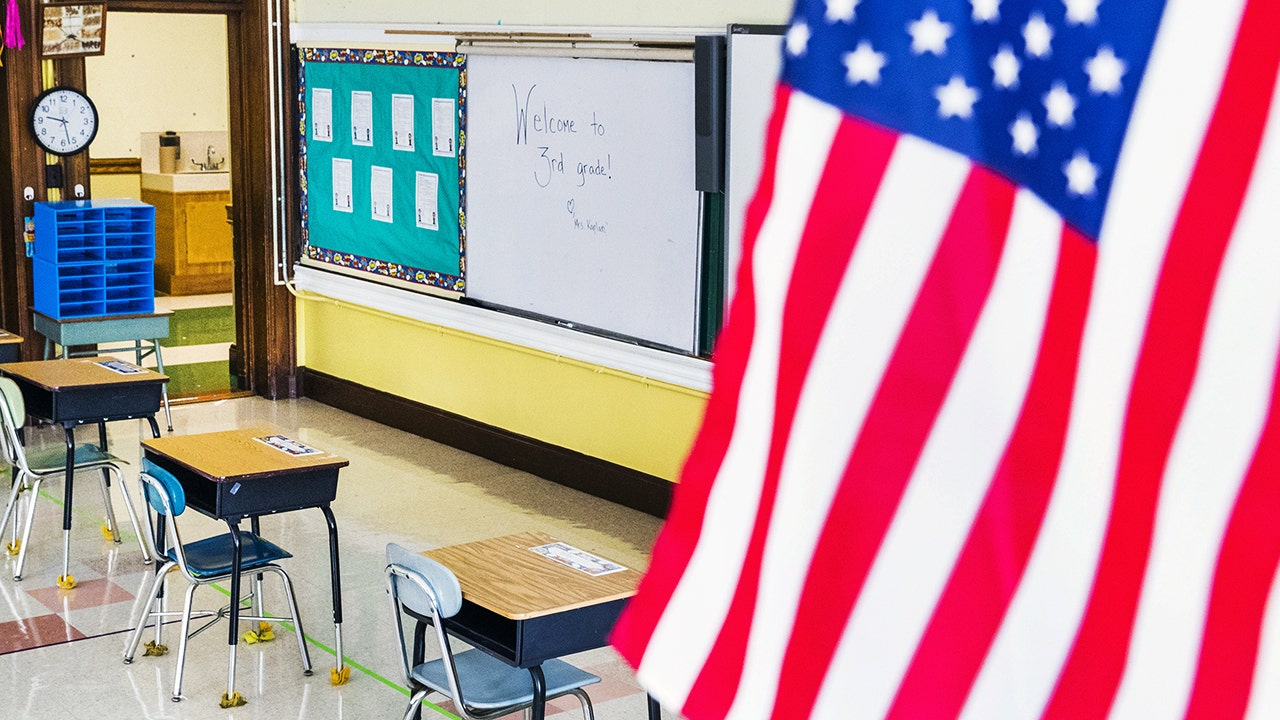Breaking the Mold: Schools Leading the Charge in Literacy and Math Recovery
As the dust settles from the educational disruptions caused by the pandemic, many schools across the United States are rising to the occasion, breaking the mold to foster significant improvements in literacy and math recovery. Despite the challenges, a select group of innovative schools is successfully implementing strategies that not only bridge the learning gap but also inspire academic success among their students. This article delves into the creative methods employed by these schools, showcasing their commitment to enhancing student learning and engagement.
The Current State of Literacy and Math Skills
The pandemic has had a profound impact on education, leading to significant setbacks in literacy and math skills across the nation. According to a report by the National Assessment of Educational Progress (NAEP), students in the U.S. exhibited considerable declines in both areas. These challenges have prompted educators to rethink traditional teaching methods and adopt new strategies aimed at recovery.
While the statistics are daunting, the resilience displayed by certain schools provides a glimmer of hope. By breaking free from conventional approaches, these institutions are creating dynamic learning environments that cater to the diverse needs of their students.
Innovative Strategies for Literacy Recovery
One school leading the charge in literacy recovery is the Bright Futures Academy in Chicago. This school has implemented a multi-faceted approach that emphasizes individualized instruction, technology integration, and community involvement.
- Individualized Instruction: Teachers at Bright Futures Academy assess each student’s reading level and tailor lessons accordingly. This personalized approach ensures that students receive the support they need, whether they are struggling or excelling.
- Technology Integration: The school utilizes digital platforms that offer interactive reading programs. These platforms engage students with gamified learning experiences, making reading fun and appealing.
- Community Involvement: Bright Futures has established partnerships with local libraries and organizations to provide additional resources and mentorship opportunities for students. This community-centric model reinforces the importance of literacy beyond the classroom.
These strategies not only enhance literacy skills but also foster a love for reading, setting students on a path toward lifelong learning.
Mathematics Recovery Strategies
In the realm of mathematics, Innovation High School in New York City has emerged as a trailblazer. The school has adopted a project-based learning approach, allowing students to explore mathematical concepts through real-world applications.
- Project-Based Learning: By engaging students in hands-on projects that require mathematical reasoning, Innovation High School makes math relevant and exciting. For instance, students might design a budget for a hypothetical event, incorporating concepts like addition, subtraction, and percentages.
- Collaborative Learning: The school encourages peer-to-peer learning, where students work together to solve problems. This collaborative environment not only builds mathematical skills but also enhances teamwork and communication.
- Utilizing Visual Aids: Teachers incorporate visual aids and manipulatives to help students grasp complex concepts. This approach caters to various learning styles, ensuring that all students can access the curriculum.
Through these innovative strategies, Innovation High School has seen marked improvements in student engagement and achievement in mathematics.
Supporting Social-Emotional Learning
Beyond academic recovery, schools leading the charge also prioritize social-emotional learning (SEL). The importance of addressing students’ emotional well-being cannot be overstated, especially after the isolation many experienced during the pandemic.
At Harmony Middle School in San Francisco, educators have integrated SEL into the curriculum. By fostering a supportive and inclusive environment, the school helps students build resilience and confidence.
- Mindfulness Programs: Harmony Middle School incorporates mindfulness practices into daily routines, helping students manage stress and anxiety.
- Peer Support Groups: The school has established peer support initiatives where students can share their experiences and feelings, promoting empathy and understanding.
- Family Engagement: Involving families in the educational process is crucial. Harmony Middle School hosts workshops for parents, equipping them with tools to support their children’s emotional and academic growth at home.
This holistic approach to education ensures that students not only recover academically but also thrive emotionally, paving the way for long-term success.
Data-Driven Decision Making
Effective recovery strategies hinge on data-driven decision-making. Schools that track student progress through assessments and feedback can tailor their approaches to meet evolving needs. For example, the Future Leaders Academy in Atlanta employs regular assessments to monitor literacy and math proficiency levels.
- Frequent Assessments: By conducting weekly assessments, teachers can identify areas where students are struggling and adjust instruction accordingly.
- Feedback Loops: Continuous feedback allows students to understand their progress and areas for improvement, fostering a growth mindset.
- Professional Development: Educators participate in ongoing professional development to learn how to interpret data effectively and implement strategies that support student learning.
This commitment to data not only enhances instructional practices but also empowers students to take ownership of their learning journeys.
Conclusion: A Bright Future Ahead
As we witness the resurgence of literacy and math skills in select schools across the nation, it’s clear that innovative strategies and a commitment to student well-being are key drivers of success. Schools like Bright Futures Academy, Innovation High School, and Harmony Middle School exemplify how breaking the mold can lead to remarkable outcomes.
By prioritizing individualized instruction, community involvement, project-based learning, and social-emotional support, these schools are not only addressing the immediate educational setbacks but are also fostering a generation of lifelong learners. The future looks promising as these institutions continue to inspire and uplift their students, proving that with the right strategies, academic recovery is not just possible—it’s achievable.
See more TED Talks World



